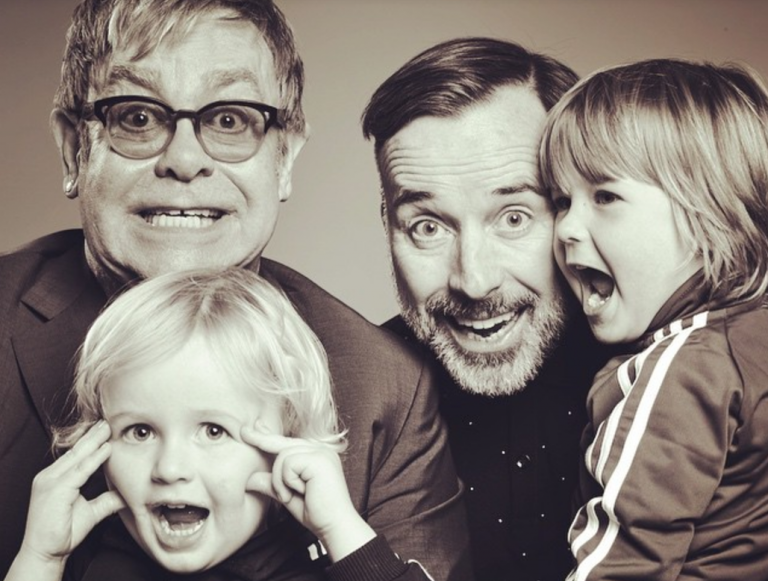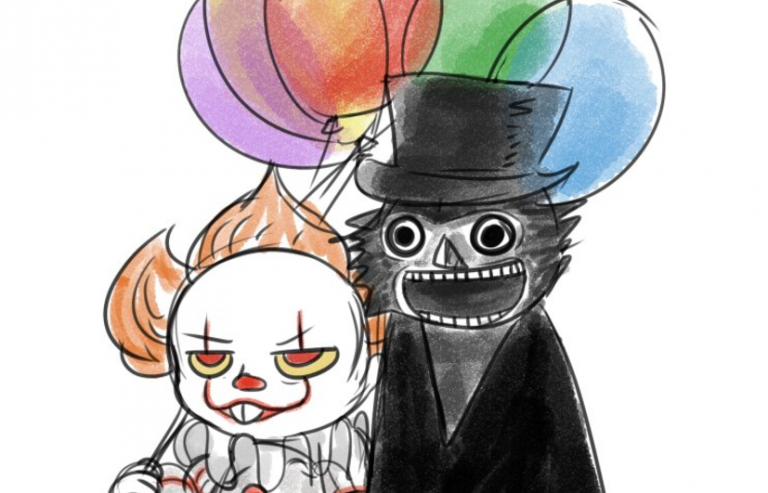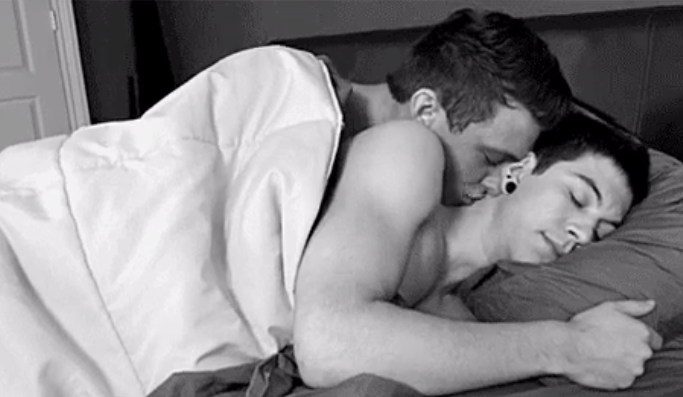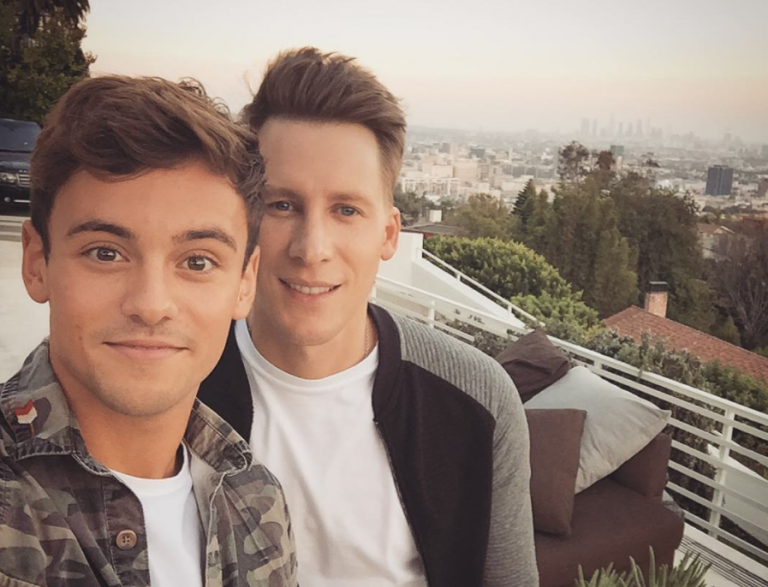How do you know if the guy in front of you is ‘The One’?
You sit on the lumpy lounge chair at the local coffee shop, sipping your cappuccino while trying to look occupied reading today’s local newspaper, your eyes periodically shifting to the front door of the shop, hoping to catch a quick glance of the man you’ll be meeting for the first time.
You’ve had a million first dates, it seems, but the nervous anticipation and excitement always seems to show itself through your sweaty palms and rapid heartbeat.
What will this meeting be like? Could he be ‘The One?’
Related: 5 Steps to Scoring the Hottest Guy You Know
Even though your blood’s pumping at the prospect of meeting someone new, you feel confident and relaxed within yourself as you approach this situation.
You’ve worked hard to be a good, upstanding man and you recognize that you’re a “good catch.”
You’re comfortable with who you are and you have a solid vision for what you’re looking for in a potential mate, having taken the time to craft a dating plan that emphasizes your personal needs, wants, values, and requirements in a relationship and partner.
Your first date here is an opportunity to meet and get to know a new person with no expectations of outcome.
You are going to be yourself, knowing that this isn’t about performance, and you’ll have a chance to briefly gauge whether this man possesses some of the traits and qualities that you seek in a Mr. Right.
Your thoughts are interrupted by the presence of the handsome creature that now stands before you.
You both shake hands as you greet, smiles beaming, and he proceeds to sit down to begin the get-to-know-you dialogues.
Who is this man sitting across from you? Is he boyfriend potential?
While compatibility largely rests on the goodness-of-fit between the two of you with your relationship visions and attraction/chemistry, this article will pose some provoking questions for you to track the answers for when you begin your dating quests with new people and learn about whether they’re your “type” or not.
These questions can act as guideposts through your dating journey. And remember, the answers you obtain do not reflect upon this person as being “good” or “bad.”
The answers are simply used as a way to help you quickly determine if this individual matches with your personal requirements so that you can make informed choices that will promote your achieving a successful and lasting relationship with your Mr. Right.
The First Date Evaluation
Generally speaking, first dates are usually better structured when they’re short, focused, and allow for lots of dialogue.
Learn as much as you can about this person so you can begin the process of “sizing up” his compatibility with your vision and needs.
According to David Steele, founder of the Relationship Coaching Institute, there are four critical skills that singles must possess during their life partner quest. Two of those skills are relevant to our discussion here.
“Sorting is the process of quickly determining if someone you meet has future potential. A successful single is able to initiate contact with people and in conversation get enough information within 5 minutes to know whether they want to get to know them better or move on.
“Think of ‘working the room’ at a party. Screening is the process of getting enough information to determine if a prospective partner meets your requirements or not. Since requirements are relationship breakers, all of them must be met.
“Getting this information can occur over the telephone, by e-mail, over coffee, or taking a walk. If you are looking for your life partner, you can’t afford to explore dead ends; and it is important to get this information BEFORE you date them and get involved.” (Steele, 2002)
While it’s impossible to get the full scope of a person on a first date, you should be on the lookout for any possible “red flags” that would halt the possibility of a second date.
Or perhaps he will have inspired some intrigue in you to invest further in getting more acquainted with him.
So when conversing with the man sitting across from you, think about some of the following points to help you ponder how you’d like to proceed with this particular gentleman:
1. What is your immediate reaction upon seeing your date? How do you feel? Do you find him physically attractive and inviting? Does he appear to take care of himself and have good grooming and hygiene?
2. Does he maintain eye contact with you as he speaks or is he looking around the room at the other guys (very disrespectful!)?
3. Does he appear attentive and genuinely interested in what you have to say? Notice his body posture and whether it’s open or closed.
4. Does he display a good sense of humor and is he able to laugh, relax, and have fun with your interaction? Does he exhibit good verbal and social skills or seem stiff and have difficulty maintaining and initiating conversations?
5. Is there a good balance between his talking about himself vs. his asking you questions about yourself? Or does he monopolize the time talking only about his life? Or does he not engage in any self-disclosure at all?
6. How are his manners? Is he polite, thoughtful, and considerate? Based on your first impression of his manners, would Mom approve of his behavior? Do you feel comfortable being with him or do you experience embarrassment by his behavior?
7. What does he talk about? Notice any themes? Does he seem positive and upbeat or negative and pessimistic? When he talks, does he seem judgmental, petty, and put down other people or himself?
8. Does he seem to have goals, aspirations, and ambitions? Does he exude excitement about life and possibilities? Is he passionate? How well-rounded does he seem? Does he have varied interests and hobbies, have an active lifestyle and seem reasonably intelligent and able to converse about a variety of topics and current events?
9. Does he place a lot of emphasis on sex during your time together? If so, this may be a priority for him and it’ll be important to ensure what type of relationship he’s seeking (casual sex or dating) so you can decide if this fits with your needs.
10. At the end of the date, how would you rate the experience and your interest on a scale from 1 to 10, 10 being the highest? Is there chemistry? Do you feel drawn to him on multiple levels?
Food For Thought
There are, of course, many other questions and criteria you may have, but these points may be a good starting point to launch from on a first date.
There tend to be three types of personality styles that men can bring to a first date situation.
One are those men who are on their best behavior to try to impress you, gain your approval, or please you to compensate for perceived weaknesses they have so they can ‘snag’ another date from you.
Another type are those men who struggle with shyness, anxiety, and insecurity, so the behavior they display during the date may not actually be reflective of who they really are until they feel more comfortable.
And then there are those who present their ‘real self’, an accurate portrayal of who they really are.
It may be helpful to keep this in mind when deciding about whether to transition into an exit or for an invitation for another date.
Conclusion
Knowing who you are and being clear on what you want is critical during your time in the dating pool.
This knowledge will take you far in weeding out those men who may not be particularly good matches for you and will save you a lot of time, energy, and frustration.
You may need several dates with someone to assess their potential and you may find during the process that some of these men may be more suitable as friends – another addition to your support network!
Thinking too much about these questions can be distracting, so try to avoid being “too much in your head” during the date.
Analyzing and being too cognitive will take away from your date, causing you to miss certain cues during the interaction that would be important and lead you to not focus on being a good listener.
Be fully present with your date and enjoy the experience, no matter how it turns out because you will have still learned something.
Additionally, try to turn the above questions back on yourself and assess how these factors apply to your style.
These questions may provide clues about the areas of your life and personality that are strengths and weaknesses and can be a tool to help you develop goals for self-improvement to make yourself even more ‘dateable!’
Related: How to Kick-Start Your New Life
Tom Daley has said that he fell in love with his husband Dustin Lance Black just minutes after meeting him and Dustin has admitted it was the same for him.







